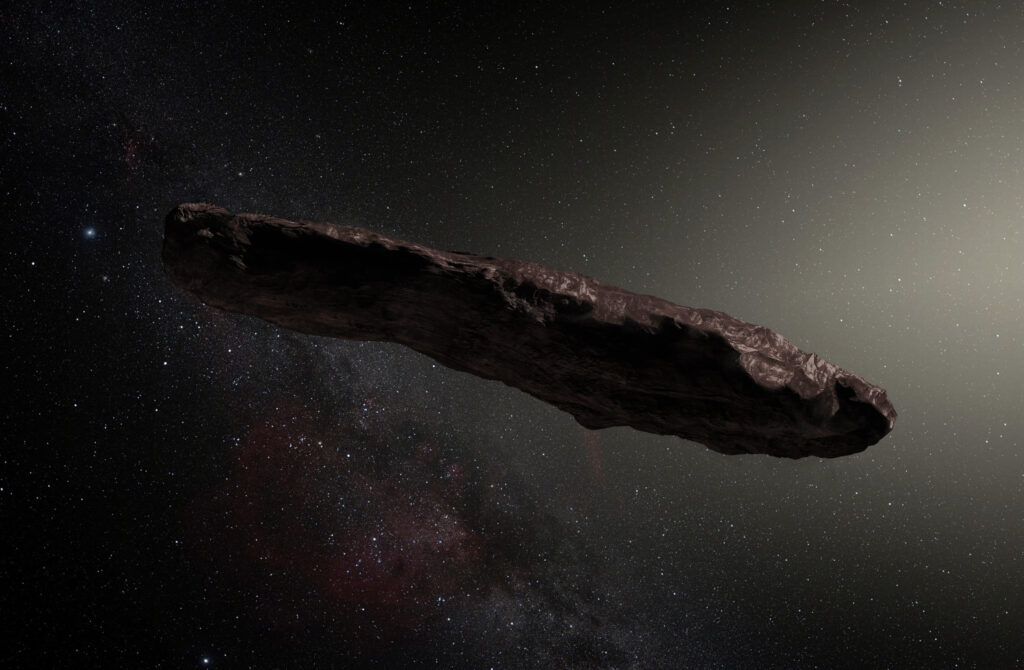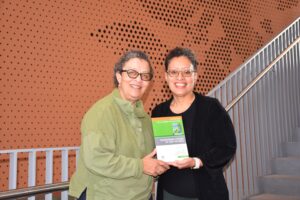
In the last decade, astronomers have observed three interstellar objects (ISOs) making their way through our solar system, sparking significant interest in the scientific community. The first, ‘Oumuamua, was detected in 2017, followed by the interstellar comet 2I/Borisov in 2019, and most recently, 3I/ATLAS in July 2025. Observations indicate that 3I/ATLAS, like Borisov, is a comet, actively releasing water vapor as it approaches the sun.
The discovery of these objects, which were once purely theoretical, has opened new avenues for understanding the origins and dynamics of ISOs and their trajectories once they exit our solar system. These celestial visitors offer a unique opportunity to study material from other star systems, providing insights into conditions elsewhere in the galaxy without the need for interstellar missions.
The Origins and Trajectories of Interstellar Visitors
In a recent study under review for Astronomy & Astrophysics, researchers Shokhruz Kakharov and Professor Abraham Loeb have calculated the trajectories of these three interstellar travelers. Their findings suggest that the ISOs originated from different regions within the Milky Way’s disk and vary in age from one to several billion years.
Kakharov, a graduate student at Harvard University, and Loeb, a professor of science at Harvard and director of the Institute for Theory and Computation, have made significant contributions to our understanding of these objects. The pair utilized Monte Carlo numerical simulations with the GalPot galactic potential model, generating 10,000 possible trajectories for each ISO to account for observational and systematic uncertainties.
“Our analysis revealed that the three ISOs originate from distinct stellar populations with different ages and galactic locations,” said Kakharov.
Revolutionizing Astronomy and Galactic Dynamics
The discovery of ‘Oumuamua marked a turning point in astronomy, confirming the existence of ISOs and inspiring further study. As Kakharov explained, these objects have transformed our understanding of galactic dynamics and planetary system formation.
“Before 1I/’Oumuamua’s discovery in 2017, we had no direct evidence that objects from other star systems could reach our solar system. These visitors provide unique samples of material from distant planetary systems,” Kakharov stated.
By studying ISOs, scientists can learn about the chemical composition and physical properties of exoplanetary material, offering insights that remote observations cannot provide. These objects also act as natural probes of the interstellar medium and galactic dynamics, revealing gravitational interactions that shape stellar populations over billions of years.
Implications for Future Research and Exploration
The study of ISOs is crucial for understanding the diversity and dynamics of stellar populations in the Milky Way. The findings by Kakharov and Loeb suggest that ISOs are ejected from planetary systems throughout the galaxy’s history, not just from young, recently formed systems.
“Understanding ISO origins provides a deeper context for interpreting their physical and chemical properties,” Kakharov noted. “This information helps us understand the diversity of planetary system architectures and the conditions under which objects are ejected into interstellar space.”
The potential for future ISO detections is promising. The Vera C. Rubin Observatory’s Legacy Survey of Space and Time (LSST) is expected to significantly increase ISO detection rates, potentially identifying dozens of new interstellar objects each year. Additionally, missions like the European Space Agency’s Comet Interceptor could enable in-situ analysis of ISOs, facilitating statistical studies of their populations.
As these new observational facilities come online, they will enhance our understanding of ISO frequency, distribution, and diversity across different stellar environments. This research not only enriches our knowledge of the Milky Way but also lays the groundwork for future exploration of our galactic neighborhood.
For more information, readers can refer to the study by Shokhruz Kakharov and Abraham Loeb titled “Galactic Trajectories of Interstellar Objects 1I/’Oumuamua, 2I/Borisov, and 3I/Atlas,” available at the Harvard University website.







